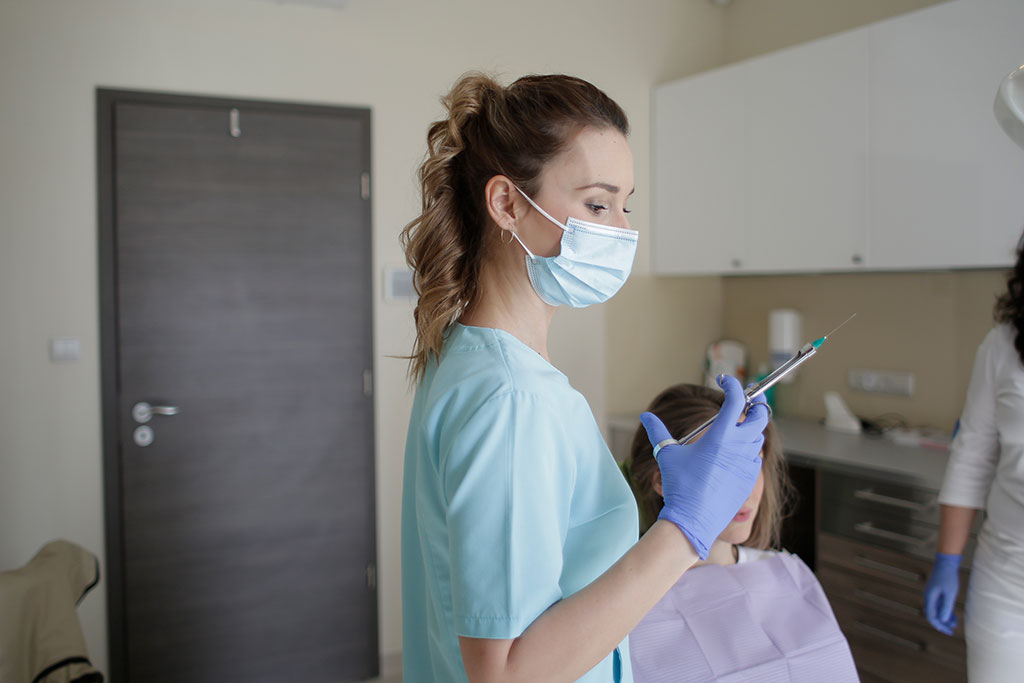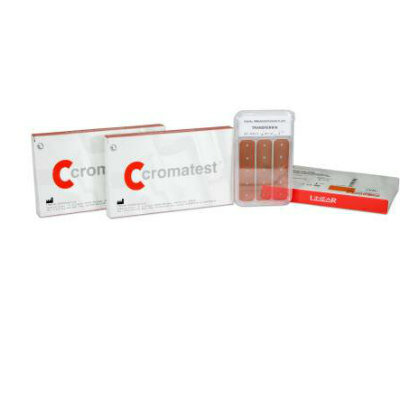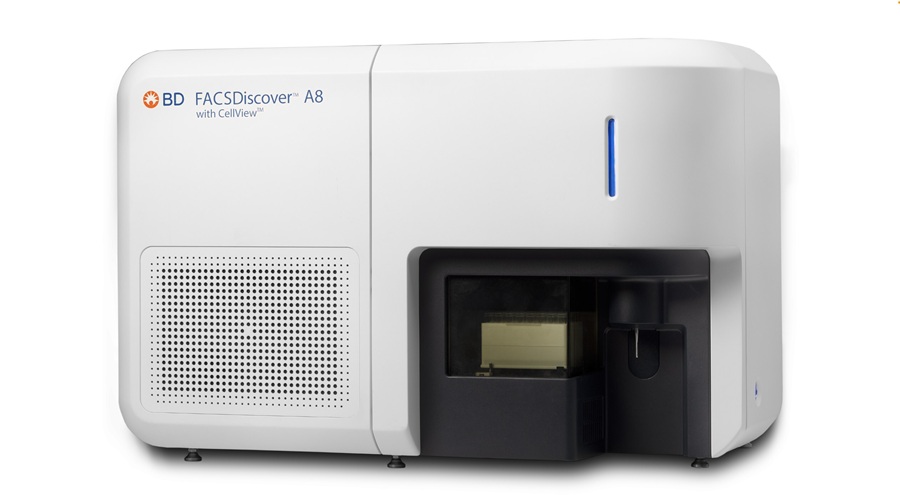AACC Releases Guidelines on Point-of-Care Testing for Non-Laboratorians
Posted on 14 Sep 2022
Point-of-care testing (POCT), or near-patient testing, is diagnostic testing conducted close to the patient, often by clinical personnel outside of the laboratory. POCT is regularly performed by personnel without a laboratory science degree or credentialing in laboratory medicine. Now, a new guidance document is available for non-laboratorians who are involved in setting up a process or physical space designed to provide testing at or near where patient care is provided.
The guide released by the American Association for Clinical Chemistry (AACC, Washington, DC, USA) presents the challenges to consider when selecting and implementing diagnostic testing. It provides an overview of POCT, including a discussion of the cost-benefit analysis of implementing POCT and the use of POCT in various healthcare settings. The AACC guide presents the challenges to consider when selecting and implementing POCT. It also offers tools to address and manage those challenges and offers solutions to overcome barriers faced in various settings to ensure quality test results that are reliable for patient care.

The AACC guide includes addenda, including glossaries, templates, and forms, to serve as tools in the implementation of POCT. These are for reference use only; individual POCT laboratories may have unique needs. The guide is not meant to be an all-inclusive ‘how to’ set up a POCT laboratory and is to be used as supportive instruction and education to implement good laboratory practices, according to the AACC. The guide is most helpful when used in conjunction with all information provided by the test manufacturer, including the Manufacturer’s Instructions for Use (MIFU) for testing materials, products, and devices that one has selected to provide laboratory testing services to patients.
Related Links:
AACC












